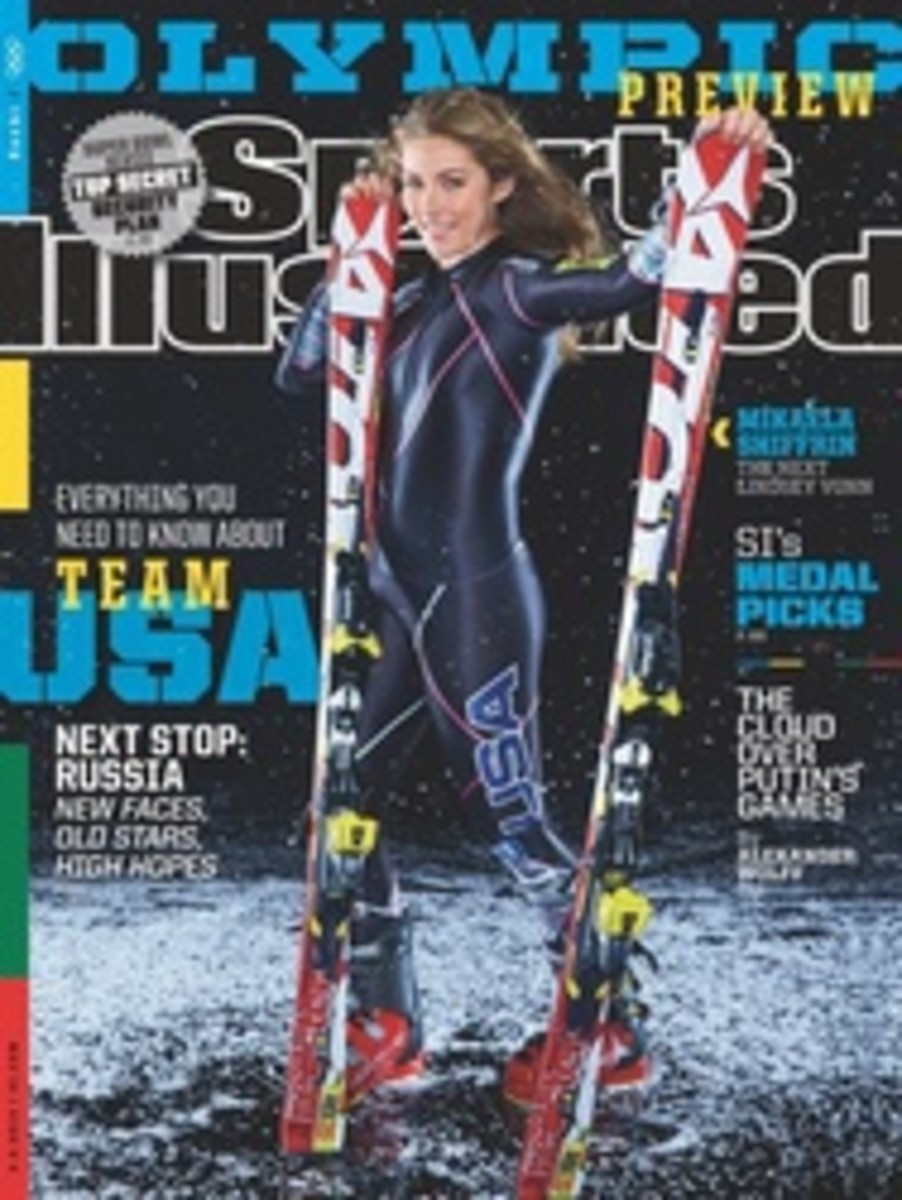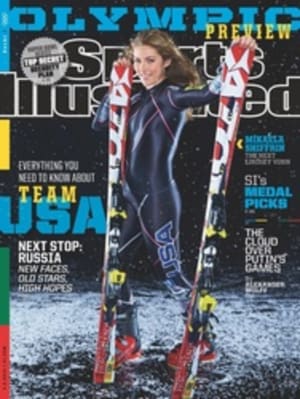
No Surprises
YOUNG AND INEXPERIENCED, Team USA saw itself as an underdog four years ago in Vancouver. The Americans nevertheless came within a goal of winning their first gold medal since 1980. Now, the underdog label no longer applies. In Sochi the U.S. will have 13 players from that silver-medal-winning team, including nine forwards and goalie Ryan Miller, the 2010 Olympic MVP.
With skill and depth at every position the U.S. roster, on paper, is among the world's best. "The quantity and especially the quality of U.S. hockey players is growing at a fantastic rate," GM David Poile said after naming the team on Jan. 1.
The depth is most evident in the caliber of players Team USA did not select: 2010 Olympians Bobby Ryan, Erik Johnson, Jack Johnson and Tim Thomas will not be in Sochi—the same goes for Keith Yandle and Dustin Byfuglien, the U.S.'s highest-scoring defensemen since '10. Poile has stressed the importance of skating and versatility, not just scoring, to the roster. "We've medaled in North America, both in Salt Lake City [in '02] and in Vancouver [in '10], but we have not medaled in Europe," he said. "That's why we [needed] to make some changes."
On Europe's bigger ice, quickness becomes more important. The U.S. will lean on such swift skaters as wingers Phil Kessel of the Maple Leafs and Patrick Kane (above, 88) of the Blackhawks. The roster is rounded out by such versatile players as Blues winger T.J. Oshie, who will be making his Olympic debut. He can be plugged in on the top line or on the penalty kill; his shootout skills are a bonus.
Oshie also plays on one of the NHL's hottest lines alongside David Backes, one of Team USA's five centers. In a short tournament, established chemistry is a prime asset. Penguins defenseman Brooks Orpik will have regular partner Paul Martin, and Kessel will skate on a line with James van Riemsdyk, just as he does in Toronto.
The U.S. has put together a tough and mobile group. But the lack of a No. 1 center (Joe Pavelski, who skates on the Sharks' second line, comes closest) could stunt its offensive potential. Wild defenseman Ryan Suter will serve as both the backbone of the blue line and the team's primary puck distributor. But expect the last line of defense—whether it's Miller or 2012 Conn Smythe winner Jonathan Quick in goal—to give the U.S. its best chance to live up to its new billing: gold medal contender.

